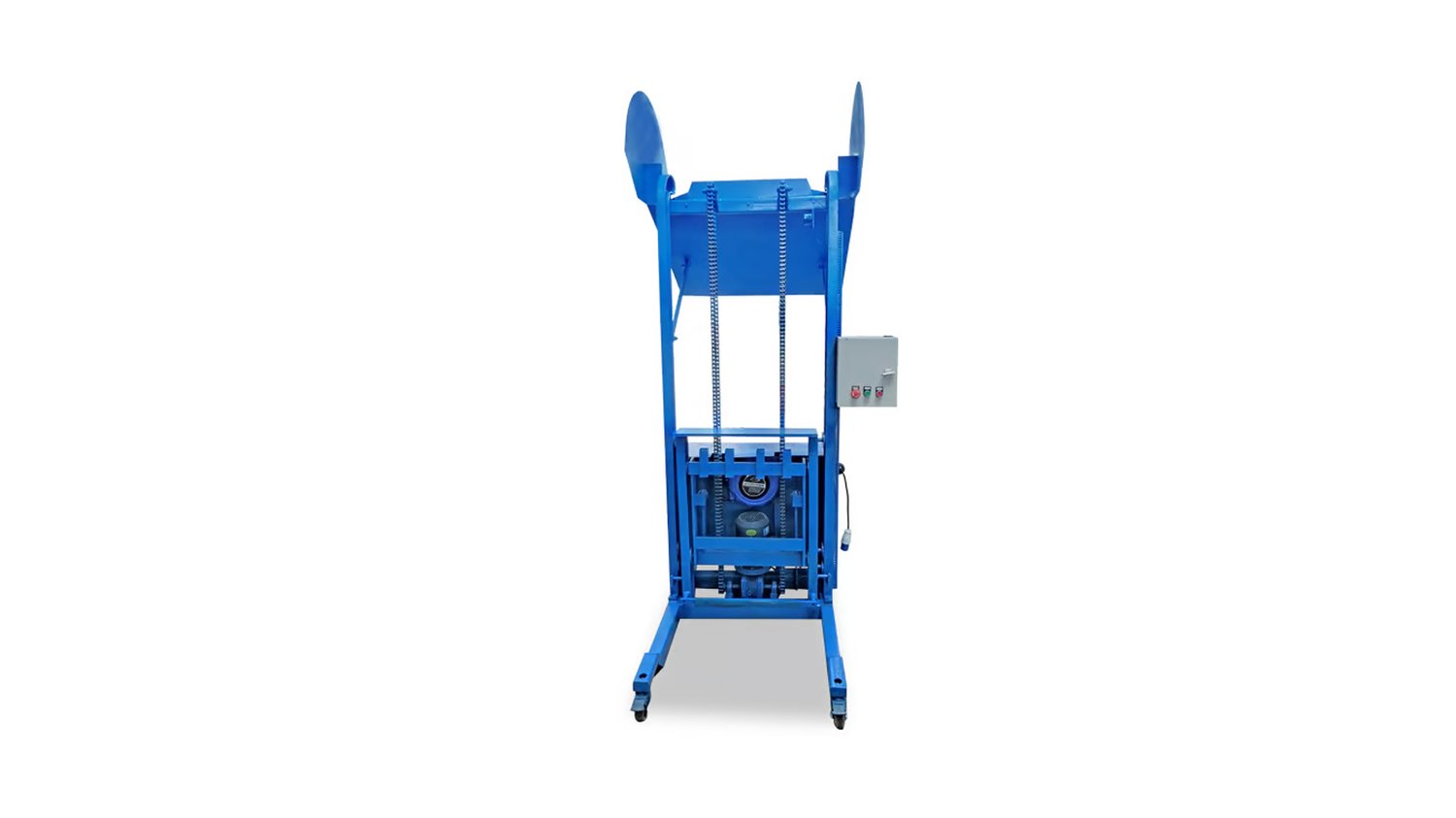Table of Contents

Electric wire rope hoists are mechanical lifting devices powered by electric motors, specifically designed to move heavy loads vertically with precision and efficiency. Unlike chain hoists, these systems use braided steel cables, known as wire ropes, which provide enhanced strength and durability. The electric wire rope hoist has become an indispensable tool in industrial applications where heavy lifting and transport are critical. 2. Structural Components and Design Features
At the core of every electric wire rope hoist is a combination of high-strength wire ropes, drum mechanisms, motor assemblies, and gearbox systems. The wire rope coils around the drum as the motor drives lifting and lowering operations. Advanced designs incorporate compact frames, multiple rope grooves, and robust braking systems to increase operational safety and longevity. These design features ensure the hoist performs reliably under heavy-duty conditions. 3. Advantages Over Chain Hoists
Compared to chain hoists, electric wire rope hoists boast several advantages. They generally provide higher lifting capacities, faster lifting speeds, and better resistance to wear and tear due to the superior tensile strength of wire ropes. Additionally, wire ropes are less prone to elongation and damage under continuous use, making electric wire rope hoists the preferred choice for applications demanding consistent and heavy lifting. 4. Lifting Capacity and Load Handling
Electric wire rope hoists are designed to accommodate a vast range of lifting capacities, from a few hundred kilograms to several tons. The precise load capacity depends on the rope diameter, number of rope falls, and motor power. This versatility enables these hoists to handle materials ranging from automotive parts to large-scale construction components, ensuring efficient workflow in various industrial settings. 5. Safety Features Embedded in Electric Wire Rope Hoists
Safety is paramount when operating electric wire rope hoists. Modern units integrate multiple safety mechanisms such as emergency stop functions, overload protection devices, upper and lower limit switches, and fail-safe brakes. These features prevent accidents caused by overloading, unintended overtravel, or power failures. Compliance with international safety standards such as OSHA and ANSI ensures dependable and secure operation. 6. Typical Industrial Applications
Electric wire rope hoists find extensive use in manufacturing plants, shipyards, warehouses, and construction sites. They are essential for tasks such as assembly line lifting, material loading and unloading, and heavy equipment positioning. Their ability to handle bulky and heavy loads with precision makes them ideal for industries requiring robust lifting solutions. 7. Energy Efficiency and Environmental Impact
Advancements in electric motor technology have enhanced the energy efficiency of electric wire rope hoists. High-efficiency motors coupled with variable frequency drives (VFDs) reduce power consumption and extend equipment life. This not only lowers operational costs but also contributes to reducing the environmental footprint of industrial lifting processes. 8. Maintenance and Longevity Considerations
Proper maintenance is crucial for maximizing the lifespan of electric wire rope hoists. Routine inspections of wire ropes for fraying, periodic lubrication of moving parts, and timely replacement of worn components help avoid unexpected failures. Additionally, monitoring motor health and keeping electrical components clean ensure consistent performance and extended service life. 9. Innovations and Technological Developments
The electric wire rope hoist industry is evolving with smart technologies such as remote control operation, automation integration, and IoT-enabled monitoring systems. These advancements offer enhanced precision, improved safety, and predictive maintenance capabilities. As industries adopt Industry 4.0 standards, future electric wire rope hoists will become smarter and more connected. 10. Choosing the Right Electric Wire Rope Hoist for Your Needs
Selecting the appropriate electric wire rope hoist involves considering factors such as lifting capacity, duty cycle, lifting speed, installation environment, and safety requirements. Consulting manufacturers’ specifications and seeking expert guidance can help identify models that match operational demands and budget constraints. Investing in the right hoist type improves productivity and safeguards workplace safety.
